Prehistoric Earthworks and Their Afterlife at Knowlton
How a unique group of Neolithic monuments in Dorset have remained a significant and atmospheric presence for the people living around them, as well as artists, antiquaries and archaeologists, for 4,000 years.
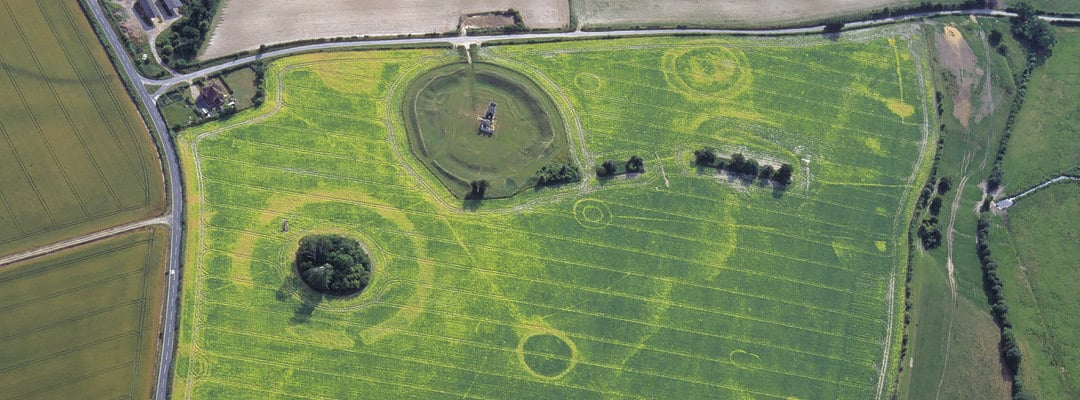
Compared to the great stone circles of Stonehenge and Avebury, the late Neolithic earthworks at Knowlton in Dorset are modest in appearance and have seen relatively little investigation.
Nevertheless, they have had a fascinating afterlife, marking what the 20th-century artist Heywood Sumner called ‘the strange changes and chances that have happened during the lapse of 2,000 years’ (in fact more than 4,000). Their palpable sense of mystery has also been much remarked upon: the archaeologist Jacquetta Hawkes, for example, wrote that ‘there lingers in the air some flavour of the sinister and macabre’.
FIVE MONUMENTS
The complex consists of five large circular or subcircular monuments. Three of the five monuments here are henges, with banks outside their ditches: the Southern Circle (the largest), the central or Church Henge, and the Northern Circle, marked by a group of ancient yews.
Next to these lies a smaller monument with an external ditch, known as the Old Churchyard, and also likely to be prehistoric (despite the name). On the other side of the central henge is a large tree-covered mound called the Great Barrow. The largest barrow in Dorset, it is surrounded by two concentric ditches.
AFTERLIVES
Interesting as the complex is in itself – and the visible earthworks may only be the tip of an iceberg, as aerial photography has revealed many other barrows and ditches in the vicinity – the later reuse of the site, and the legends it has spawned, are equally fascinating.
In Anglo-Saxon times, people were buried close to the Great Barrow. Then in the 12th century, uniquely among henge monuments, a church was built within Church Henge (hence its name), serving a now vanished community. This subsequent use explains the good state of preservation of this henge compared with that of the other two.
The church was abandoned in the 18th century, about the same time that the antiquary William Stukeley (1687–1765) recounted a local tale that Knowlton had once been
an old city; and that strangers had come out of their way on purpose to see it; that ruins and foundations were there; that it had seven parish-churches, which were beaten down in the war time.
In fact there has only ever been one church at Knowlton. Perhaps the legend of seven churches is based on a false assumption that each of the Neolithic enclosures once had its own.
Another story, dating from the 19th century, relates how the ruination of the church came about after its bell had been stolen by the Devil and flung into a nearby river, from which it could not be pulled out. (An alternative tale involves theft by humans that was foiled by witchcraft.)
HAUNTING STORIES
Covered in vegetation until the 1960s, the church has a reputation for being haunted. The Shell Guide to Dorset recorded the suggestion that the henge ditch ‘is inside the rampart … to prevent the egress of the spirits confined within’. Indeed, archaeologists have recently revived the idea of henges as ‘ghost traps’.
No doubt all the communities which have used the earthworks would have had their own stories to tell about the Knowlton circles. Even 20th-century archaeological discoveries have an element of hearsay, notably the account of the carved stone that was ploughed from the Southern Circle some 40 years ago.
Although recent surveys have begun to improve our understanding of the monuments, there is much still to be learned. Its history may not be quite as colourful as Stukeley painted it, but Knowlton remains a place worth going out of one’s way to see.
By Jonathan Last
Prehistory Stories
-
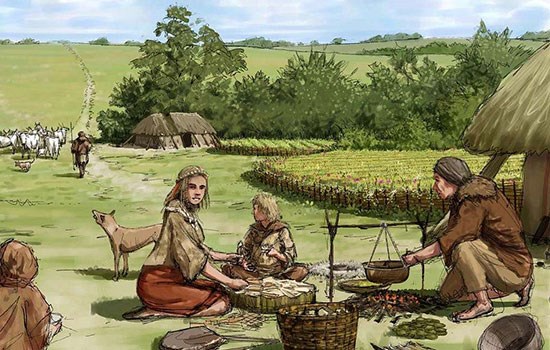
Food and Feasting at Stonehenge
Find out what the people who built and used Stonehenge ate, how they cooked and served their food, and the cutting-edge science behind these discoveries.
-
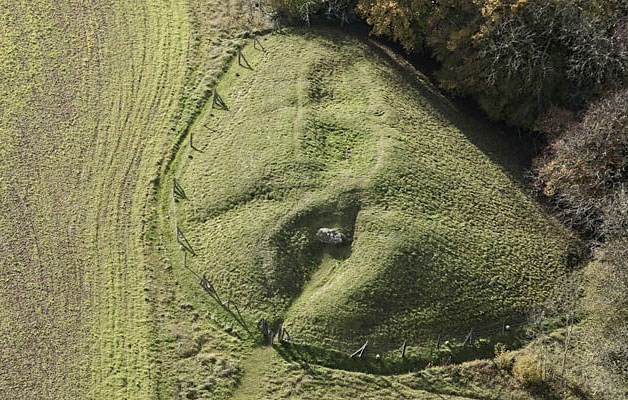
Long Barrows and Broken Bones
What the atmospheric, evocative long barrows of the Cotswold Hills and Marlborough Downs reveal about burial practices and attitudes to death in the early Neolithic period.
-
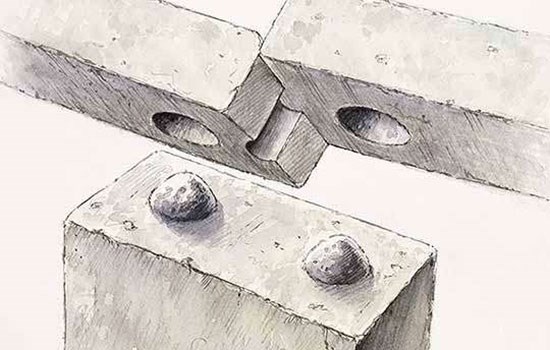
Building Stonehenge
Stonehenge is a masterpiece of engineering. How did Neolithic people build it using only the simple tools and technologies available to them?
-
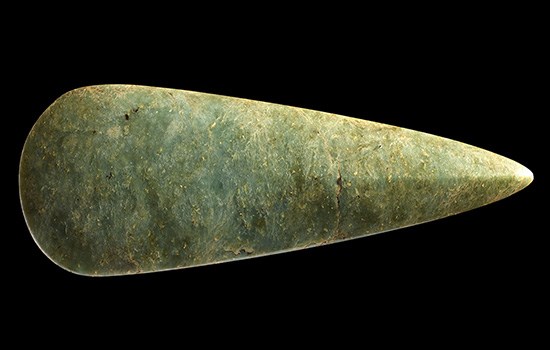
Making Connections: Stonehenge in its Prehistoric World
At the time of Stonehenge, people connected with others and with the world around them by making and sharing objects. Explore the story of these connections.
-
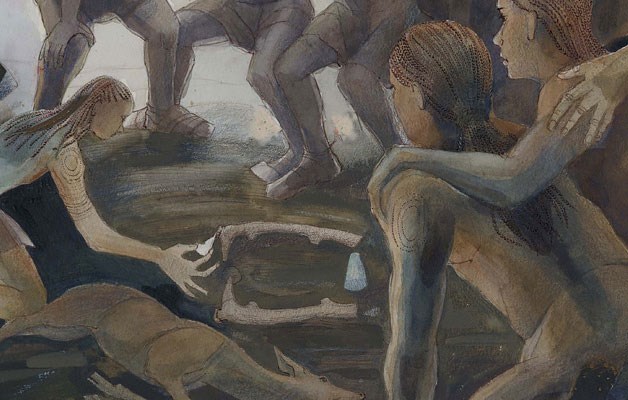
Ritual Mysteries in a Prehistoric Flint Mine
What finds at Grime’s Graves in Norfolk reveal about the significance of mining, and the value of flint, to Neolithic communities.
-
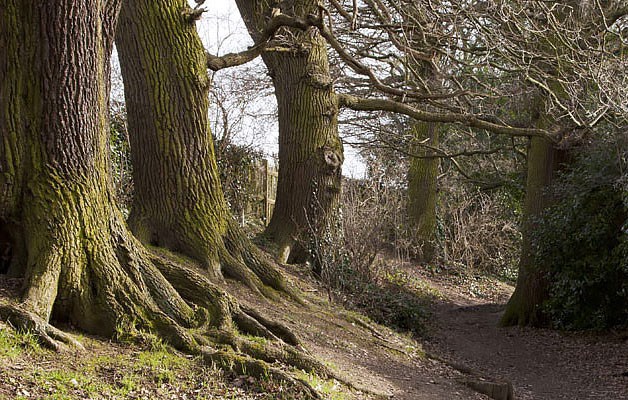
Iron Age Kings and their Roman Connections
How burial goods from Essex provide tantalising glimpses of rich and powerful leaders in Iron Age Britain, and their strong links with the Roman world.
-
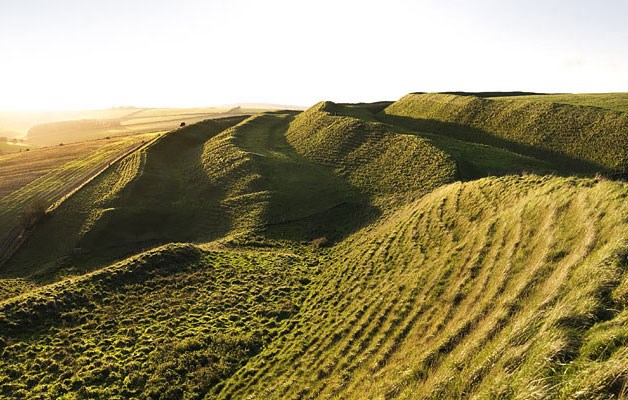
Roman Invasion at Maiden Castle
Britain’s largest Iron Age hillfort was once regarded as a monument to the brutality of Roman invasion, but its story may be rather more complicated.
-
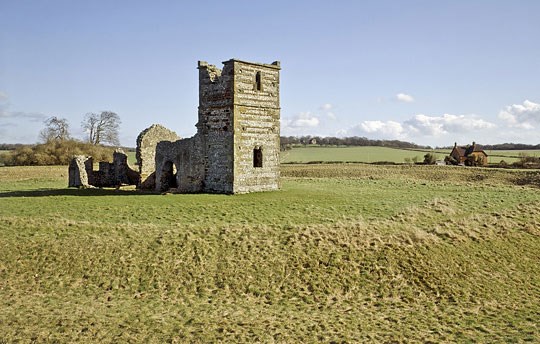
Prehistoric Earthworks and Their Afterlife at Knowlton
How a unique group of Neolithic monuments in Dorset have remained a significant and atmospheric presence for 4,000 years.
More about Prehistoric England
-
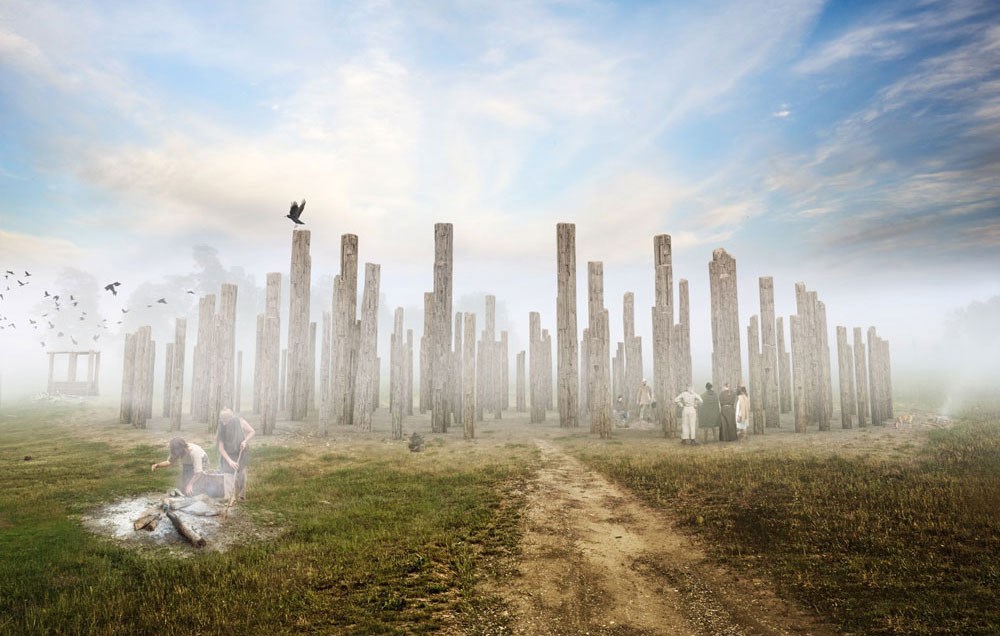
Prehistoric Architecture
The structures that survive from prehistory might not be what we’d normally think of as ‘architecture’. But these structures still inspire awe today
-
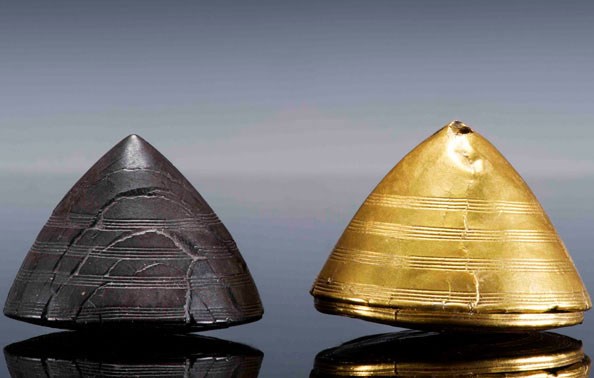
Prehistoric Art
People in prehistory were skilled at making tools and decorative objects from stone and metal, sometimes with astonishing decoration.
-
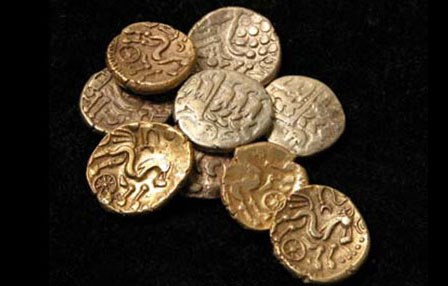
Prehistoric Commerce
Goods and skills must have been bartered or exchanged in prehistoric Britain from early times, but very little evidence has survived and commece as we think of it may not have existed.
-
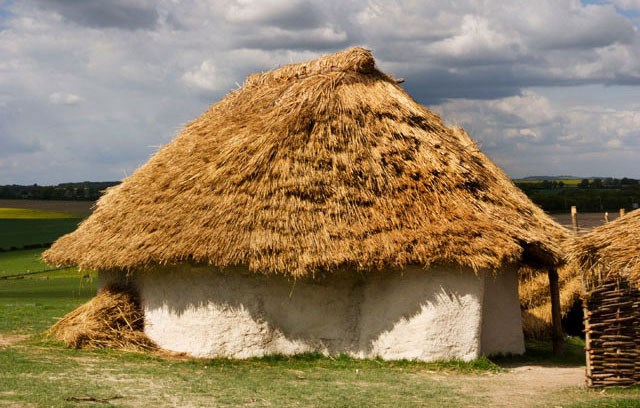
Prehistoric Daily Life
The arrival of farming from about 4000 BC had a profound effect on every aspect of daily life for the people who lived in the British Isles.
-
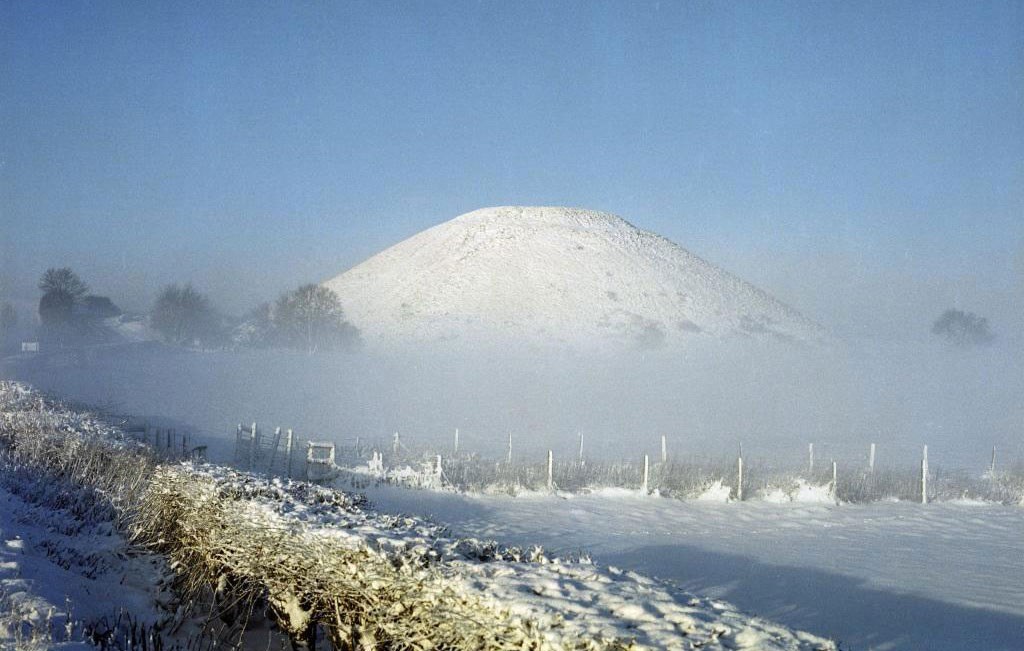
Prehistory: Landscape
How Neolithic people linked complexes of person-made monuments into artificial landscapes.
-
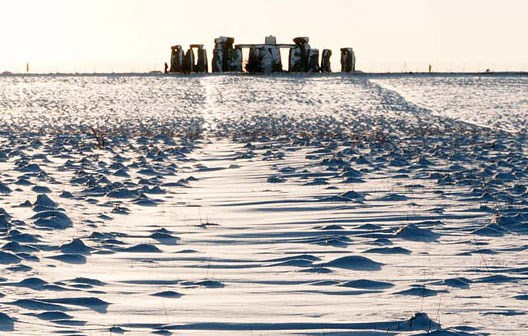
Prehistory: Networks
The arrival of farming, the building of great communal monuments and the knowledge of metalworking all transformed prehistoric Britain.
-
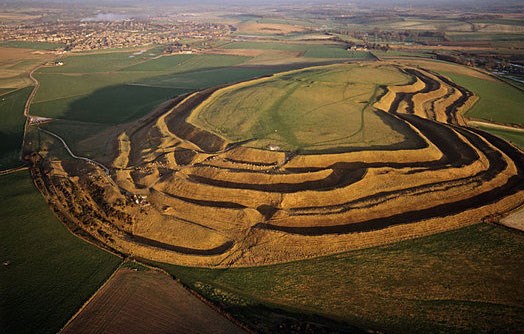
Prehistory: Power and Politics
Power in prehistoric Britain was expressed symbolically, through the likes of mighty communal monuments, rich grave goods, and massive hillforts.
-
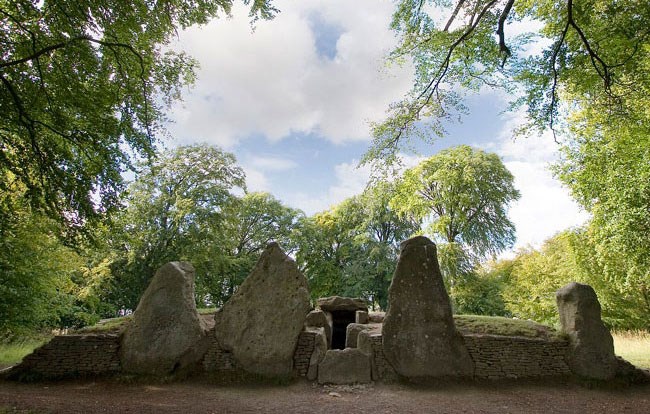
Prehistory: Religion
There was no single or continuously developed belief system in prehistoric Britain, but we can make informed guesses about what different prehistoric people believed.
-
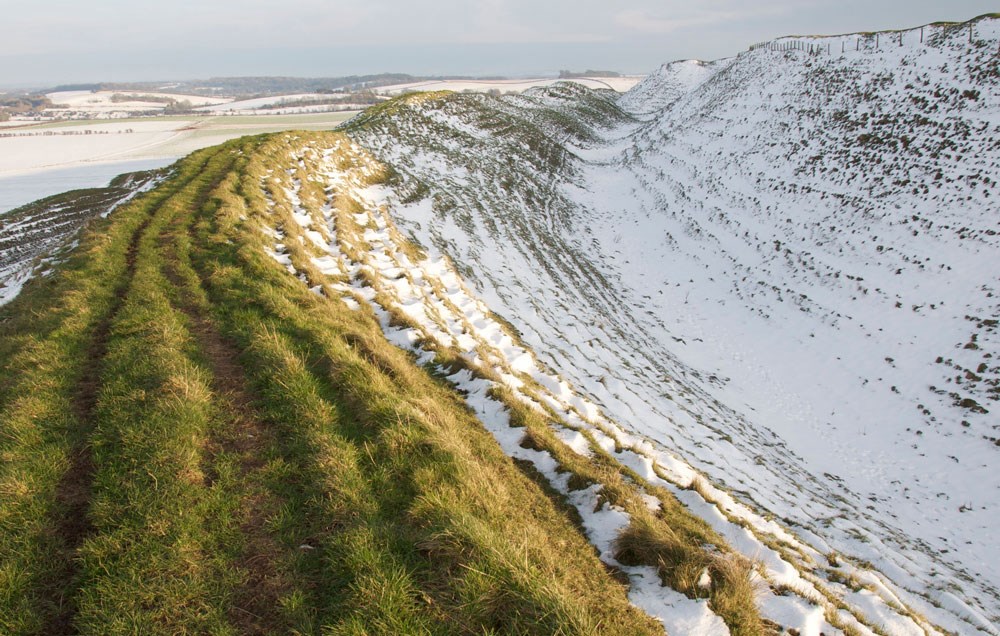
Prehistory: Conflict
Violence and conflict undoubtedly occurred in prehistoric Britain, but the archaeological evidence is often subject to varying interpretations.
